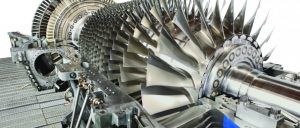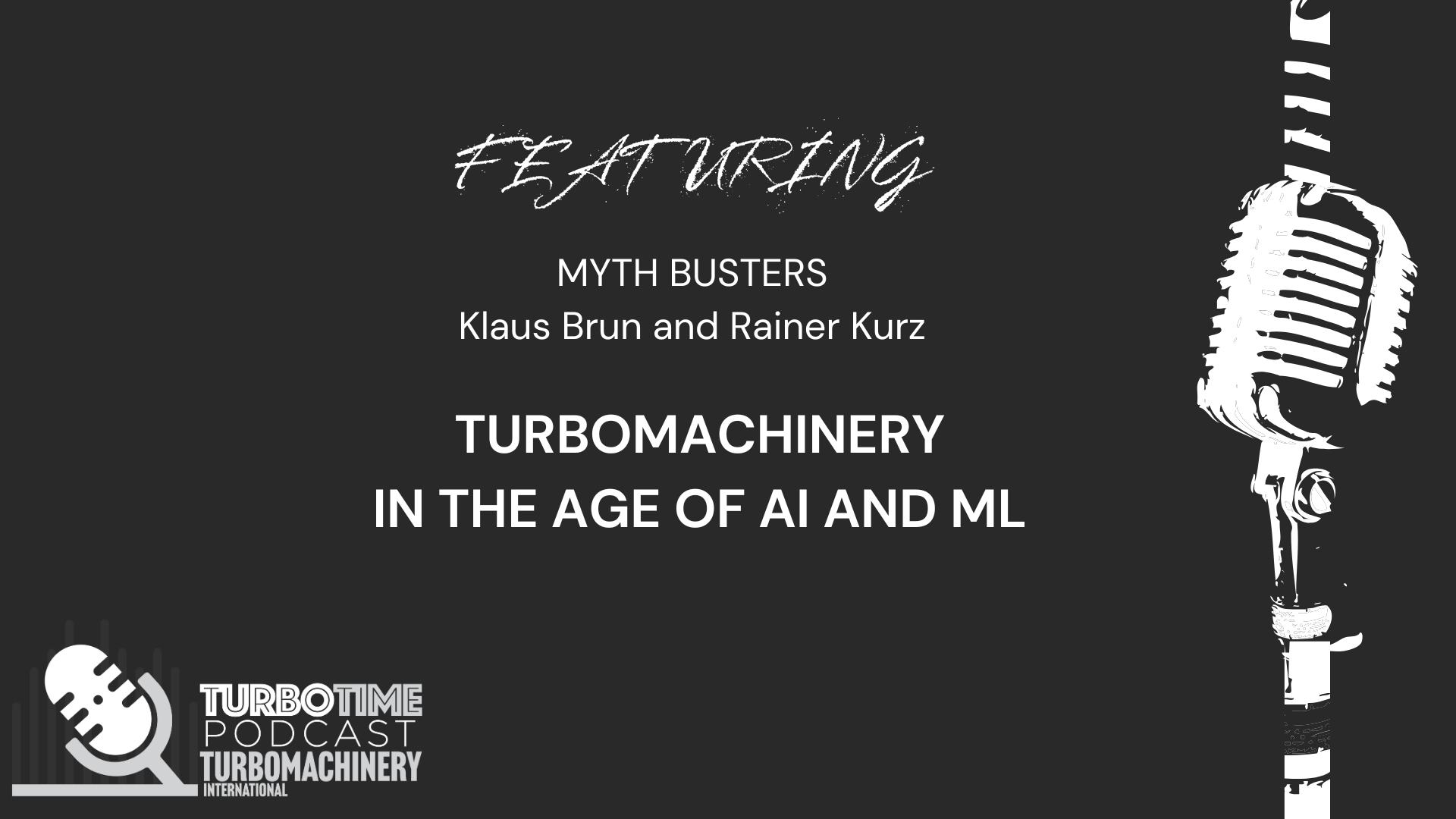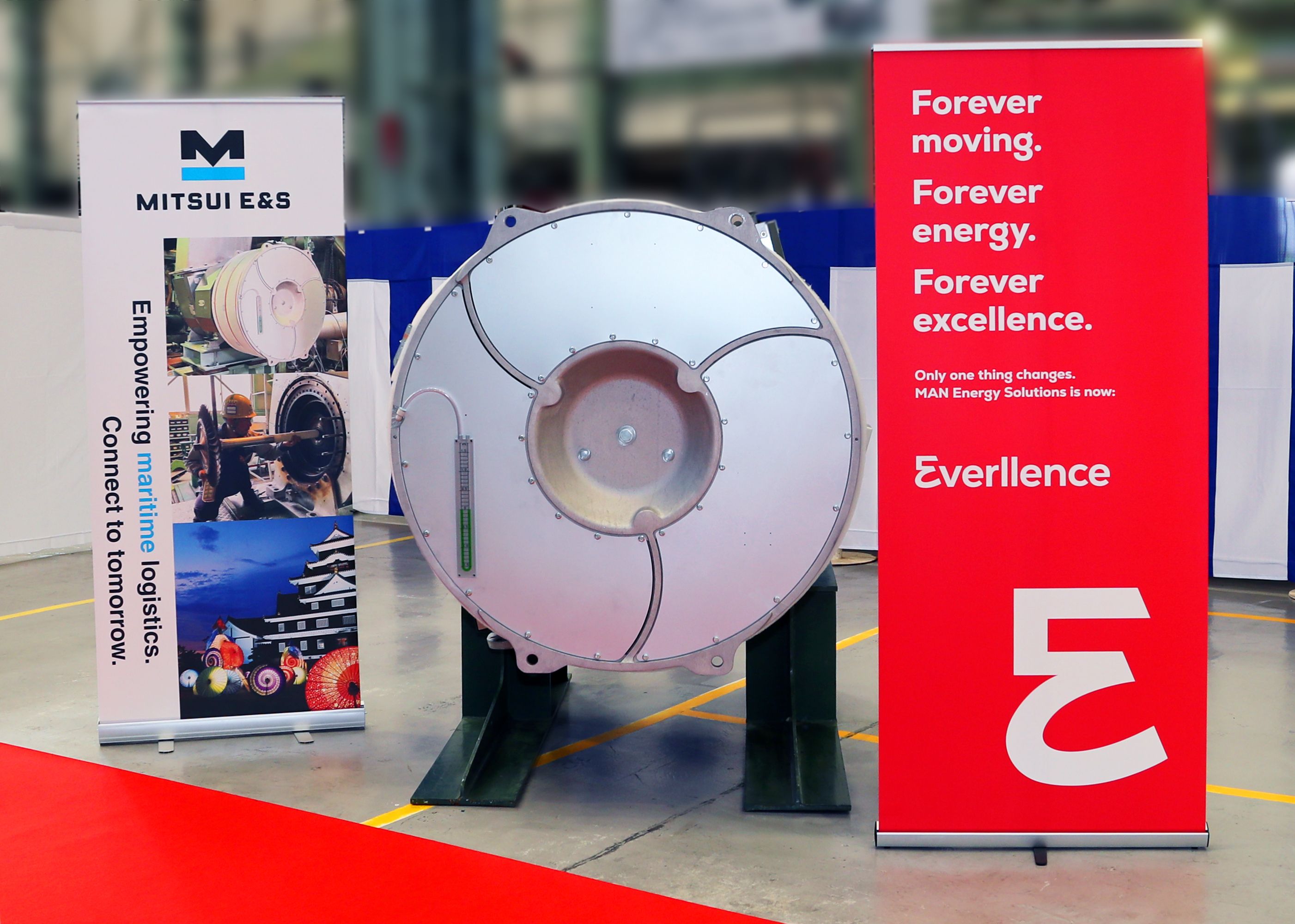Article
15 things to consider while buying turbomachinery - I
Author(s):
You are about to make a major investment for your company spending multi-million dollars in favor of hopefully handsome return on your investment. So, what are some of the big picture criteria to consider ensuring selection of the best available quality equipment is a success?

Here is a starting list you may want to build upon to fit to your specific business needs and applications:
1.BIDS and PROPOSALS
You have send out your specifications and have received several bids back. Here are some considerations in selecting a successful bidder:
Understand what the final price includes. Ask each of the OEMs for a specific break out of cost for each specific scope based on your template. I have seen cases where the successful bidder was the lowest price provider who became the most expensive supplier once they got the job. The purchaser found out about cleverly hidden numerous exclusions that had to be added back in causing confusion, distrust not to speak of a steep spike in the final cost and possible lead time impact.
Ask them to clearly identify scope adders not in your template whether they have a cost and/or time impact. This will help you create a base line to compare all bids.
Whether you are a savvy Turbo Machinery user or a first time buyer, it is important to identify the desired big picture outcome and ask the OEMs for services or options they believe they could provide in support of the final result that is not listed in your specifications. Sometimes outsourcing or consolidating services may be useful where as in others you may want to diversify and not risk the success of the operation to one major supplier.
Compare the base cost (ie, cost of the equipment) vs performance and reliability vs maintenance cost vs OEMs’ level of support and urgency and their overall after sale performance track record. This is really important in proper selection of your equipment, especially if you are planning to own the equipment for at least 20 years.
2.SPECIFICATIONS
Your specifications vs the OEM’s. What is the min power, min train efficiency, max heat rate (of gas turbine) required in the field? What is the base ISO condition performance of the OEM’s engine? How does that compare with your site conditions?
How about emissions, NOx, CO? What are the future emissions regulations going towards? Should you consider Dry NOx technology, water injection, or can you live with the standard emissions? The answer depends on where you would be operating in the world and how clean you want the environment to be vs cost and maintenance considerations.
Fuel Quality. The performance of your Turbo Machinery is as good as what goes into it. Dry NOx injectors are more sensitive to fuel quality. Make sure the OEM is part of reviewing your fuel source and get their approval. If you are stuck with the quality of fuel, then make sure the OEM has a robost plan in detecting failures ahead of time and supporting injector change outs with minimum down time.
Air Quality. Is the installation in desert, coastal, extreme cold environment, industrial or even forest with blooming season? This has a direct impact on proper selection of the filtration system.
What are the vibration considerations? Is the equipment going on a fixed or floating platform, fast moving ferry or a ship, roof of a building or a basement?
How about noise requirements? Will the equipment be installed in a residential or commercial area? A hospital or an unmanned plant? Should the equipment be fully enclosed, ie, the driver and driven or partially enclosed?
What are the gas, fire, and smoke detections and suppression requirements for the site vs the equipment? Should the alarms be based on a voting or individual detection system? Does the installation site have an independent detection system?
Reliability vs Availability of the equipment with regards to operation requirements should also be considered.
3.MILESTONE MEETINGS
To ensure success in the overall project, make sure you have the following meetings with your major OEMs:
Kick-off Meeting: Typically OEM’s Sales is involved during project and bid/proposal process. And, from your side, management and hopefully some strictly technical personnel are involved. When a job is secured contractually however, most likely players on both sides will change. A kick-off meeting is a hand off from the first set of players to the execution teams on both sides to ensure every one is on the same page of deliverables and expectations including but not limited to technical scope, commercial details, line of communications and an overview of the project milestones.
- a. Use this time to establish a relationship with your supplier (remember new players in this step) but don’t expect this meeting to turn into a design review – because it is not! You should NOT start any of your design based on preliminary or “typical” drawings that might have been included by Sales during bid and proposal phase. I have seen major set backs (delays and cost) when the owners/users ran with “typical” drawings when the execution team from the OEM side was not even formed. Although, you should expect certain standardization from your OEMs, each project is different and should be tailored to your design and site specifications. So, resist the sales enthusiastic help by providing you upfront drawings from “similar” or “typical” projects to carry out your building installation design, etc.
- b. If you have new people on your side who are not familiar with the OEM, ask the OEM’s Project Manager to include a high level introduction to the company with all services available. Make sure it is not a sales pitch just an informative 20-min presentation. In return, make sure you have allocated at least 20 minutes to introduce the big picture project to the OEM, high light criticalities such as delivery or performance and make sure they understand how their portion fits in the bigger pictures. Also, make sure the OEM runs thru a big picture on how they execute the project internally, what information they need from you and at what point.
- c. Depending on the complexity of the project, you should allocate at least a full day to this very important meeting. Ask for an agenda from the OEM and make sure there is enough time for discussions and that all major topics are covered. Once again, remember you are just setting up the project on the right foot, by ensuring all involved are aware of and agree on the Deliverables - such as performance, drawings, reports; Deadlines – such as issuance of drawings, turn around time for your review of those drawings to provide comments, Readiness-to-ship from factory, delivery to site, if applicable; Line of communications to ensure there are one or two major points of contacts from each side (typical technical and commercial).
Design Review Meeting: Depending on the complexity of the project you should insist on a design review meeting. Although, in my experience it has always been helpful to both sides to hold this crucial meeting to ensure a smooth field operation. This meeting should be held by the OEM after they have received your comments on the drawings. It should be clear that the OEM is still responsible for accuracy of the design as the “black box” is their core competency not yours. You are just there to understand and agree on all interfacing systems – such as any required hand shaking, or specific user connections and any required inputs to their equipment.
- a.You may ask for a combined or integrated design review amongst your major suppliers so there is a direct communication to minimize finger pointing or future confusion. These are the experts – let them interface directly. I have seen major different outcomes at the end of these interactive meetings from assumed facts due to lack of information or just innocent mistakes. Note that if you decide on an integrated design review, separate design reviews by each of the OEMs should take place prior to the integrated one. Otherwise, you end up with an inefficient and prolonged process that could be avoided.
Pre-Commissioning Meeting: Make sure you allocate a meeting at the site with all the players including your contractors, operation personnel and the OEMs. Typically, there is again a hand over from the execution team to the field team from both sides. Although, major key players like Project Managers on both sides are still on the project usually until first production use. If you can have this meeting prior to the arrival of the equipment as there will be time to react depending on the outcome of the meeting. For example, if the final set of drawings, or manuals have not been received. Or, if you have to organize for special crane that was not already scheduled. Ask for an agenda from the OEMs upfront. The desired outcome of this meeting is to
- Check off boxes to ensure everyone and everything is ready to accept delivery of the equipment.
- Identify new lines of communications, if different, during start-up. Typically, OEMs’ and your field personnel would be on point for day-to-day activities where as Project Management from both sides would oversee the overall progress of the site start-up and commissioning and make decisions on safety or process disagreements.
- Review performance guarantees, if applicable; as well as when warranty period would start and the logistics of that process; and
- Identify line of communications after the start-up and level of support available by the OEMs.
4.BROWN or GREEN FIELD
Depending on answers to the following questions, your approach to selecting and maintaining your equipment may be different:
- Will the equipment be installed in an existing or a brand new site? Enclosed or inside a building? Even if the installation is inside, you may consider as enclosed of a train as possible for noise attenuation. Also, if inside the building, consider the source(s) of air intake for the various segments of your Turbo Machinery train should be taken from? Inside, outside, or a combination?
- Should you consider a single large unit or multi smaller units depending on your redundancy requirement? If multi unit, you should plan on spare parts commonality.
- Consider the application of your equipment and whether it would be changing throughout different phases of its life cycle. Load sharing, Import/Export, gas gathering, re-injection, gas transport, or a declining field?
- Is there a need for a new or upgraded Station Control?
- Should you stay with one Turbo Machinery OEM or can you mix and match? Depending on the application, you may have no choice but selecting different OEMs (generator sets, compressor sets, pump sets, EMDs, etc) but can you make one as the prime for single point of accountability?
- How about the Balance of Plant equipment such as gas fuel compressors, scrubbers, HRSGs? Who is ensuring there is handshaking amongst the sub-systems to have a seamless operation and no finger pointing when things go wrong? Who has the process ownership?
- How about, the process safety? Who is responsible for the HAZOP study and when is the optimum time to perform it?
5.NEW or REFURBISHED EQUIPMENT
New or not new, that’s the question. Well, the answer depends on your site conditions – relatively constant or a depleting field, lead times and delivery urgency as at times, refurb’ed equipment could be delivered quicker; and how long do you need the equipment for which brings me to the next question. Is leasing an option for your specific operation?
Price consideration. Is there any major savings for a refurb? Consider what you have to give up and what you would be gaining by going a refurb route.
OEM’s Refurb specification requirements. If you decide on a refurb equipment, make sure all performances, emissions, noise attenuations, vibration limits, warranties and guarantees are the same as those of the new equipment.
6.Tests
Review OEM’s own test requirements. What tests are static, simulated or dynamic and whether the entire train is tested? In case of compressor sets, is it closed or open loop test? In case of generator sets, the kind of load banks do they use and how the outcome compares to that of your site and whether they can simulate load sharing conditions.
Pay close attention to the factory set up conditions vs your site’s. For example, what slave (non-contractual) systems or fuel type is used and their impact on the performance. Pay close attention as well, to how the package is secured to the ground. Is it on vibration mounts, stands or directly on the ground and compare it to your installation site.
If the test results are based on ISO conditions, ask them to normalize the results to your site conditions.
Ask for a list of test operations in advance for review. Make sure the back up system is thoroughly tested in case of power or fuel failures for safe shutdown of the unit or switching to say a secondary fuel, if available.
After review of the OEMs list of tests, determine whether any other tests should be added to the OEM’s standard tests based on failures you may have experienced in the field with previous turbo machinery operations.
Understand the difference between an Observe vs Witness test. Depending on which term has been used (and paid for), it could have a time impact on the schedule, which may or may not work in your favor.
Determine which tests should be attended (driver, driven, entire package, BOPs) and who from your organization should attend. Sometimes, sending operation personnel is a better bet than non-technical management!
Ask for site tests after the installation and make sure you understand possible deviation from the factory tests. Review margin of errors and whether they are acceptable.
Ask for average time it takes to perform the site test, who performs it, set up requirements, and plan for it.
7.Reports and Schedules
Ask for the major milestone schedules. Ensure inputs to those milestones are clearly defined and responsible disciplines assigned. For example, cannot meet a Design Review milestone with the OEM, if their drawings are not submitted on time. Or, drawings could be delayed if you have not provided design criteria to your suppliers such as filtration, pressure, flow requirements, installation configuration (indoor, outdoor, controls room, etc).
Compare the OEM’s schedule with your site’s delivery of other suppliers’ equipment such as Balance of Plant. Do you need to stage the different equipment at site upon delivery or can they be directly installed in their designated locations?
Understand what portion of tests are static, simulated, dynamic, a sub-system or a train and determine its performance implication at site during start up and commissioning. Even if the OEM is guaranteeing performance, if there are serious site failures, it is costing you expensive down time to remedy those limitations.
Ask for the factory tested fuel type and set up, and determine their performance impact based on your site conditions. Is there any meaningful impact to the actual results due to those variations?
Ask for a consolidated report to include results of the performance test both at ISO and normalized to your site conditions, as well as to list all variables not tested but guaranteed such as noise or emissions.
... to be continued
(The author is a consultant to the turbomachinery industry)
Newsletter
Power your knowledge with the latest in turbine technology, engineering advances, and energy solutions—subscribe to Turbomachinery International today.





